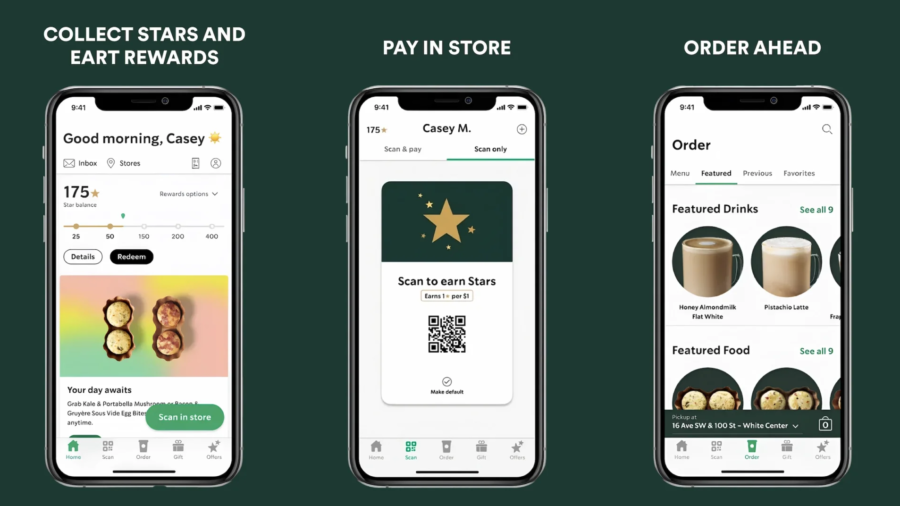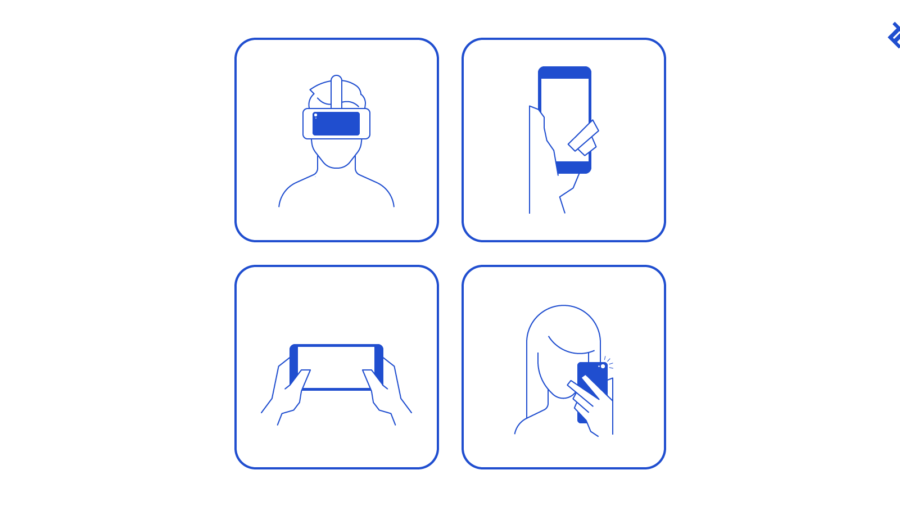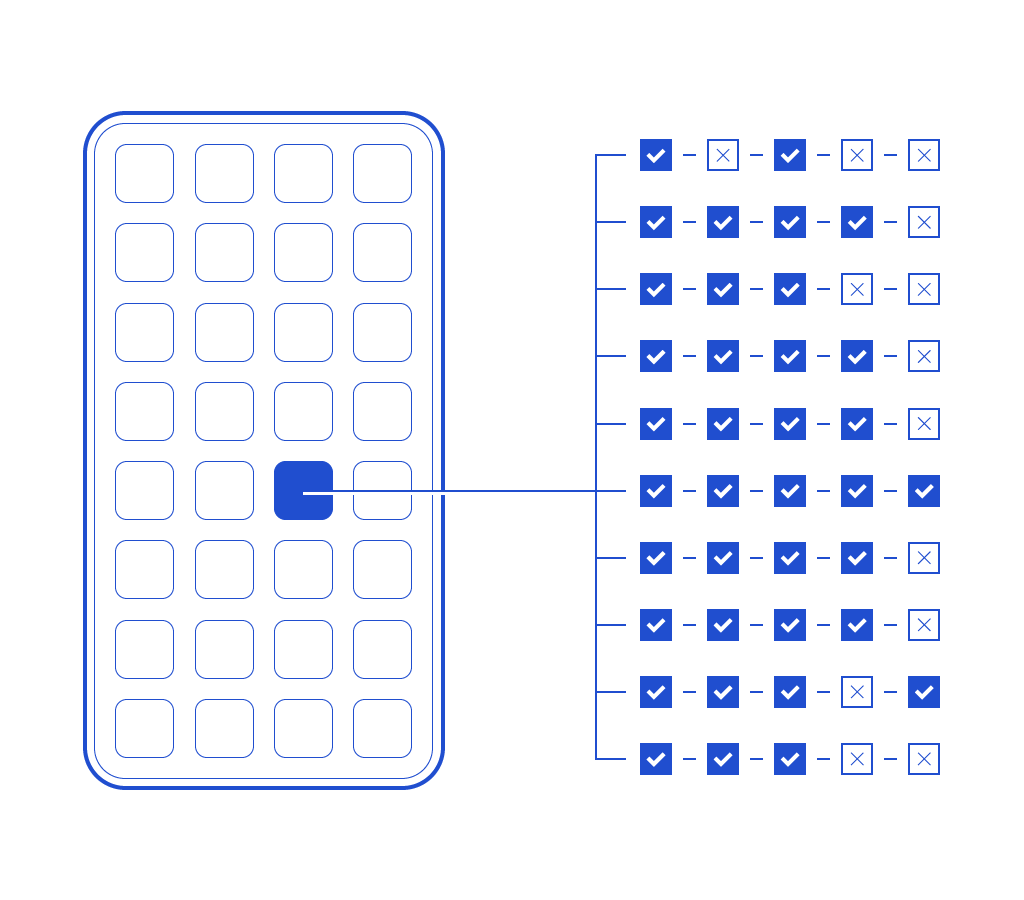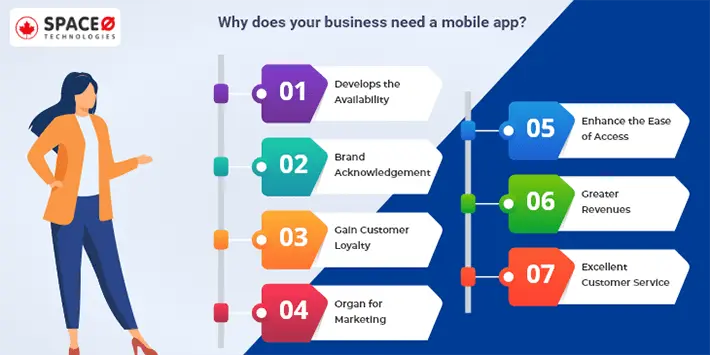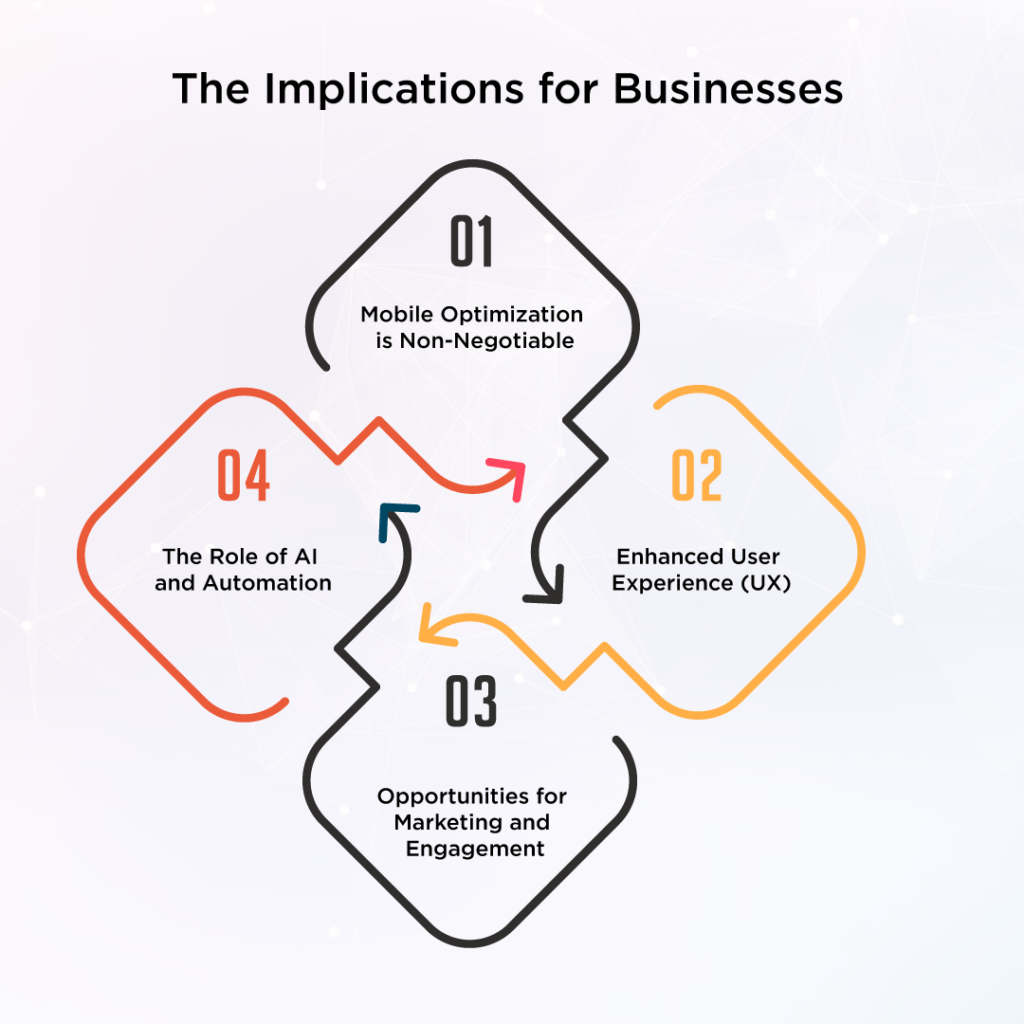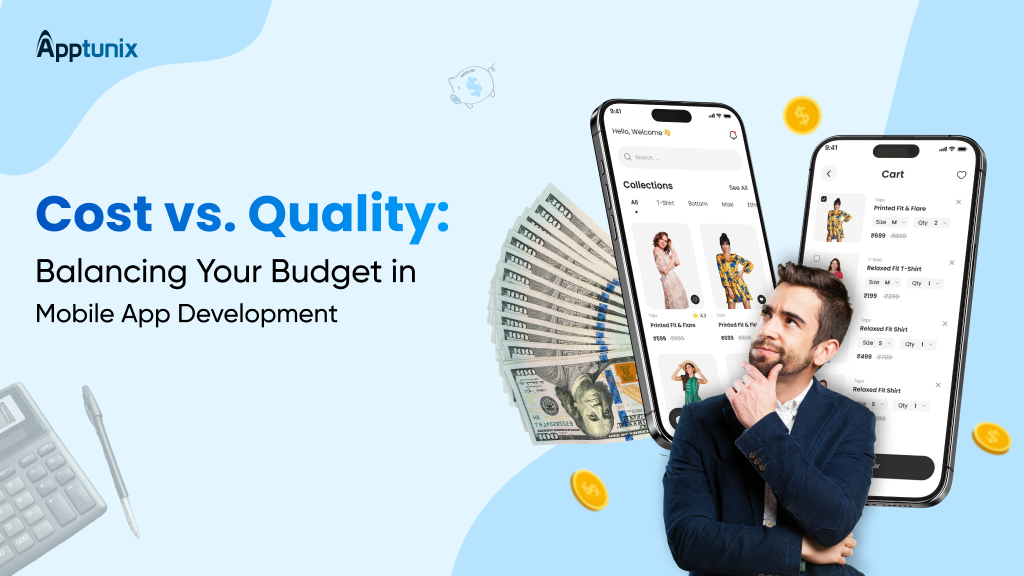
Cost vs. Value: Investing in a Custom Mobile App for Your Business
Why Businesses Need Custom Mobile Apps
In today’s digital world, having a mobile app is not just an option; it’s a competitive advantage. A well-built app enhances customer experience, streamlines business operations, and boosts revenue. However, many businesses hesitate due to the upfront cost. The real question is: does the value of a custom app outweigh the cost?
Breaking Down the Costs of a Custom Mobile App
Building a custom app requires investment in development, design, and maintenance. Here’s a rough estimate:
Basic App: $10,000 – $50,000
Moderate App with Custom Features: $50,000 – $150,000
Complex App (e-commerce, AI, or advanced integrations): $150,000+
Additional costs include app store fees, marketing, and future updates. While the price tag may seem high, the right app can deliver long-term value and ROI.
What’s the Value? More Than Just an App
A custom app is not just a digital product; it’s a business tool that can help:
Increase customer engagement: A mobile app can improve user retention rates by 88 percent compared to a website (Localytics).
Boost sales and revenue: Mobile commerce sales account for over 73 percent of total e-commerce revenue (Statista).
Improve brand loyalty: Apps create direct connections with customers through personalized offers and notifications.
Streamline operations: Internal apps can automate business processes, saving time and money.
Real-Life Examples of Success
Starbucks Rewards App
Starbucks invested in a custom app with mobile ordering and a rewards program. The result? A 40 percent increase in sales through the app alone (Forbes).
Domino’s Pizza App
After launching a mobile app with easy ordering and tracking, Domino’s digital sales grew to over 75 percent of total sales (TechCrunch).
Mobile Apps Explained Like You’re 5
Imagine you have a lemonade stand. You sell drinks to people who walk by, but if you had an app, customers could order ahead, get discounts, and tell their friends about it. More people would buy your lemonade, and you’d make more money. A mobile app does the same thing for businesses—it makes buying easier and keeps customers coming back.
Is It Worth It? The Bottom Line
Investing in a custom mobile app is not just about spending money; it’s about gaining value. A well-designed app can increase revenue, improve efficiency, and enhance customer experience. While the initial cost may be high, the long-term benefits make it a smart business move.
If you’re considering a mobile app for your business, think beyond the price—consider the return on investment.

